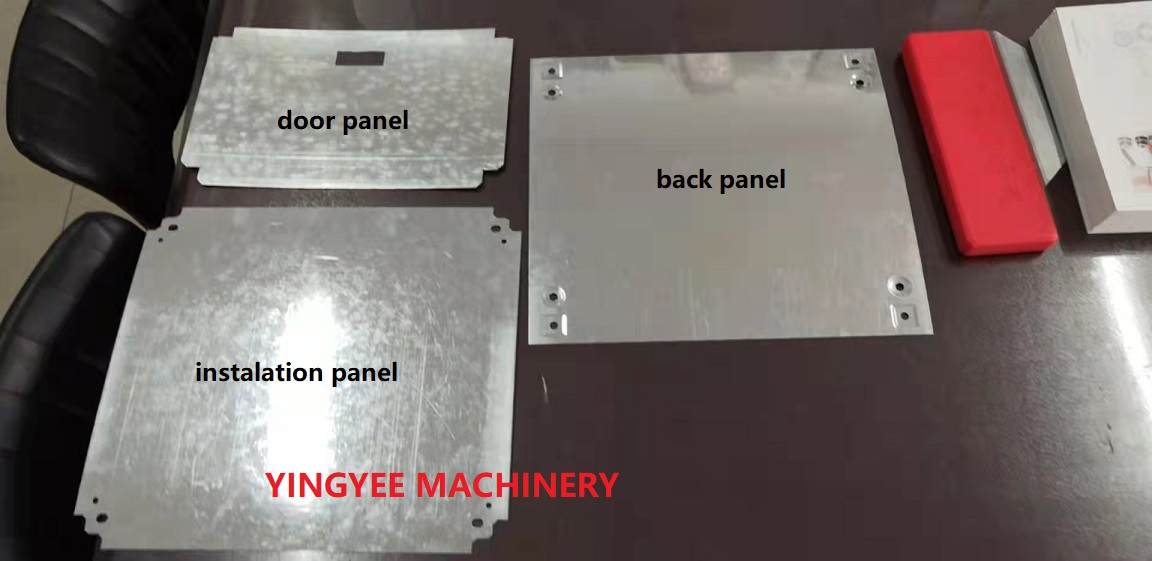
Understanding Roll Forming Machinery The Backbone of Modern Manufacturing
Roll forming machinery plays a critical role in the manufacturing industry, particularly in producing metal components with consistent cross-sectional shapes. This process is favored for its efficiency, precision, and the quality of the final product. The machinery used in roll forming is specialized for creating a multitude of profiles, such as structural channels, frames, and various custom shapes that are essential in sectors like construction, automotive, and aerospace.
What is Roll Forming?
Roll forming is a continuous bending operation where strips of metal are passed through a series of sequentially arranged rollers. Each roller gradually bends the metal until the desired shape is achieved. This technique not only enhances efficiency but also minimizes material waste, making it an eco-friendly manufacturing option. The process can be applied to various materials, with steel, aluminum, and copper being the most common.
The Advantages of Roll Forming Machinery
1. Cost-Effectiveness One of the primary benefits of roll forming is cost efficiency. Once the initial setup is complete, producing parts becomes economical, especially for large production runs. The machinery is designed to operate at high speeds, which significantly reduces labor costs and operational time.
2. Precision and Consistency Roll forming machinery is capable of producing parts with high dimensional accuracy and repeatability. This makes it a preferred choice for manufacturers needing uniform components, ensuring that each piece fits perfectly in assemblies.
3. Material Versatility Roll forming can accommodate a wide range of metals, allowing manufacturers to select materials that best fit their needs without compromising on quality. This versatility extends to thickness and width, with the machinery adjusted to handle various specifications.
4. Reduced Waste The continuous nature of roll forming leads to minimal scrap material compared to other processes such as stamping or cutting. This efficiency not only saves costs but also appeals to environmentally-conscious companies looking to reduce their carbon footprint.
5. Design Flexibility With roll forming, intricate shapes and profiles can be executed without the need for extensive tooling changes. This flexibility enables manufacturers to innovate and meet specific design requirements without significant delays or expenses.

Types of Roll Forming Machinery
There are various types of roll forming machines based on different needs and applications
- High-Speed Roll Formers These are designed for mass production and can operate at extremely high speeds, making them ideal for high-demand environments.
- Custom Roll Formers These machines are tailored to meet unique specifications, allowing manufacturers to create specialized shapes that standard machines cannot produce.
- Combined Roll Formers These machines offer the ability to perform multiple operations, such as cutting, punching, and bending, within a single pass, further enhancing efficiency.
Maintenance and Operation
To ensure longevity and peak performance of roll forming machinery, regular maintenance is essential. This includes lubrication of moving parts, checking for wear and tear, and recalibrating the rollers to maintain accuracy. Training operators on proper handling and troubleshooting common issues is equally important, as it directly impacts production quality and safety.
Conclusion
Roll forming machinery is indispensable in today’s manufacturing landscape, driving innovation and efficiency across various industries. Its ability to produce high-quality, complex shapes at reduced costs places it at the forefront of metal processing technologies. As businesses continue to seek sustainable and efficient solutions, roll forming is likely to remain a cornerstone of modern manufacturing, supporting the development of infrastructure, automotive designs, and countless other applications that shape our world. With ongoing advancements in technology, the future of roll forming looks promising, paving the way for even more innovative and environmentally-friendly manufacturing processes.